Experienced team, innovative treatment

Cleveland Clinic is a non-profit academic medical center. Advertising on our site helps support our mission. We do not endorse non-Cleveland Clinic products or services. Policy
A 42-year-old female was referred to our institution with large right colon cancer and synchronous bilobar liver metastasis (see presenting CT scan of the liver above). A particular challenge was presented by the lesion encasing the three hepatic veins of the liver (see arrows).
The patient received three months of perioperative chemotherapy and was scheduled (three months after the initial presentation) for a two-stage hepatectomy and a combined resection of the primary right colon tumor.
The first surgery included a right hemicolectomy with resection of all the left-sided liver lesions. The surgery was uneventful. On postoperative day 6, the patient underwent a right portal vein embolization with the intent to induce hypotrophy of the right hemi liver and the hypertrophy of the left hemi liver. This approach is used to decrease the risks of postresection liver failure.
Six weeks after the first operation, the patient underwent a right hepatectomy. Given her young age and the extent of the disease, the decision was made to place to also place a hepatic artery infusion (HAI) pump to further decrease her likelihood of recurrence. HAI locoregional treatment is an innovative approach that improves survival after liver resection for metastatic colon cancer. This treatment option is only delivered in selected centers around the world.
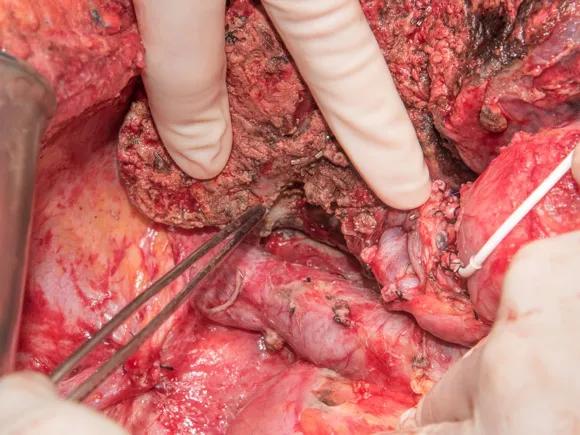
The remnant left liver lobe with a catheter inside the gastro-duodenal artery for HAI treatment.
One year after the initial presentation, the patient is free of tumor (see scan below) and receiving routine follow-up scans.
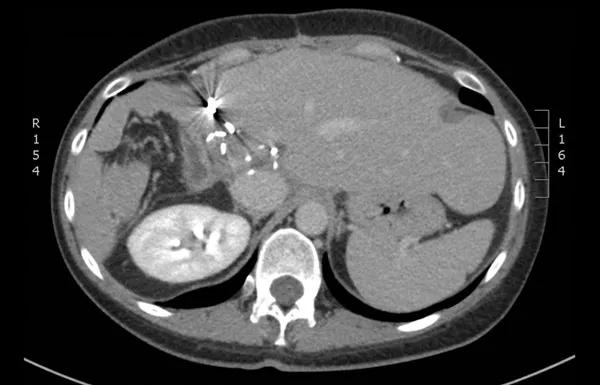
CT scan showing the patient free of tumor.

Treating a patient after a complicated hernia repair led to surgical complications and chronic pain

Input from specialists and other healthcare providers is important when discussing quality-of-life improvement options
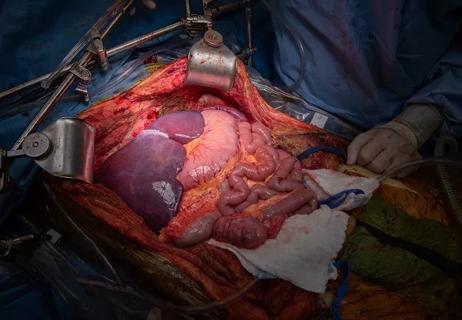
Both procedures required unconventional approaches
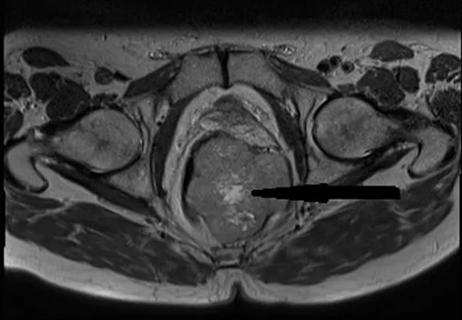
Tumor downsizing and en bloc resection are keys to treatment
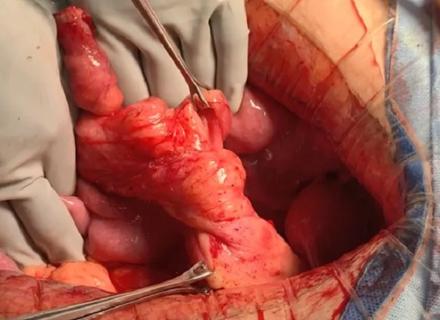
Rare complication of IPAA construction leads to discovery of a new syndrome
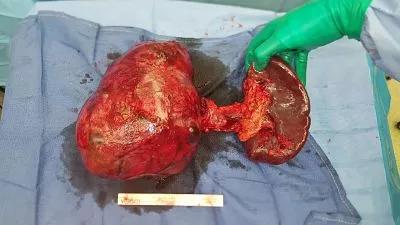
Seven-pound tumor requires complex, multidisciplinary care
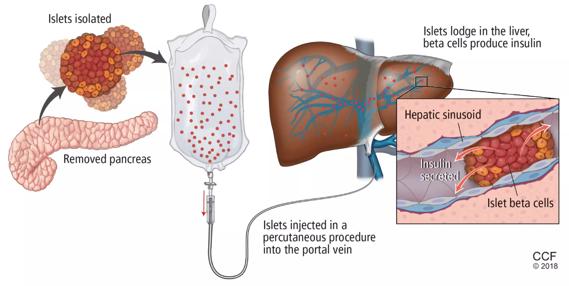
A case report from the hepatopancreaticobiliary clinic
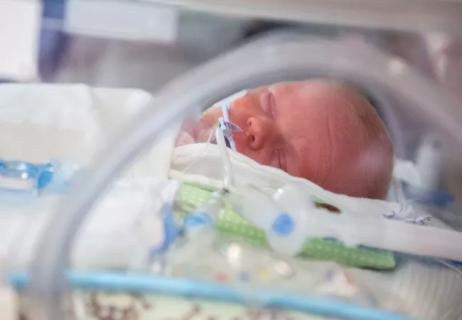
Despite challenges, mother and baby are thriving